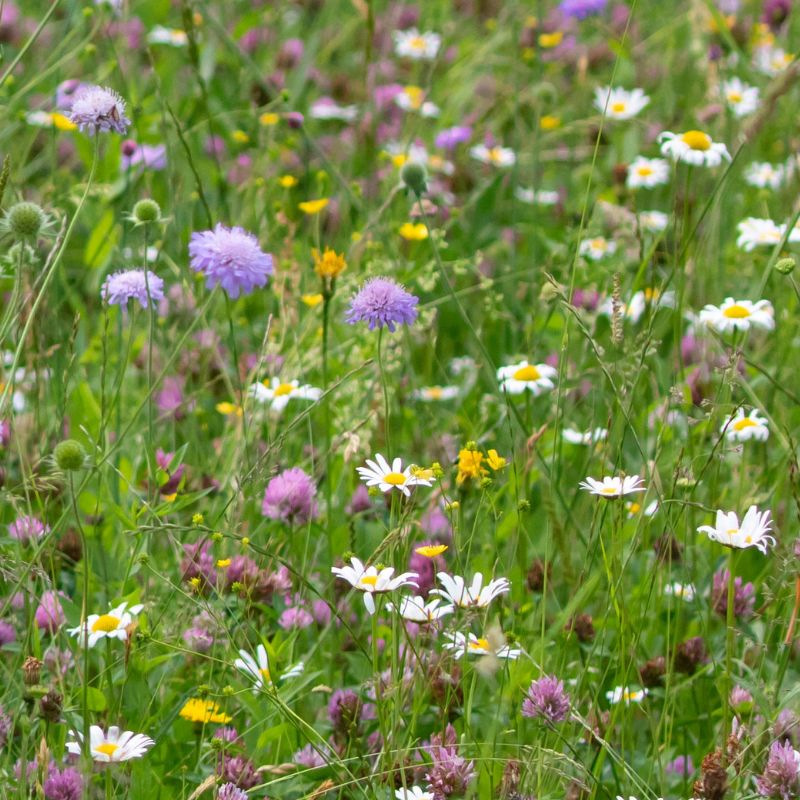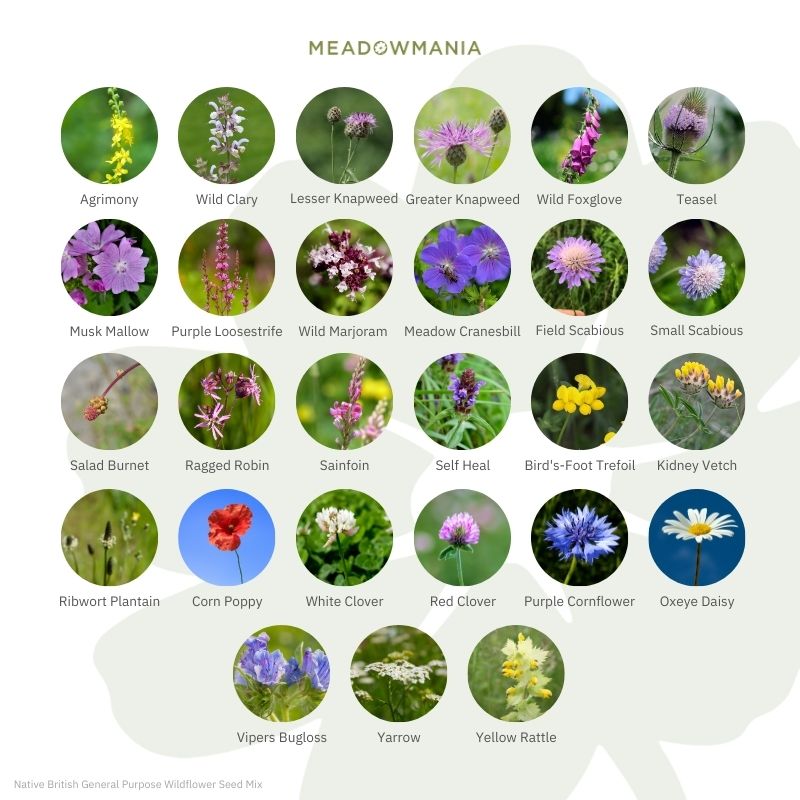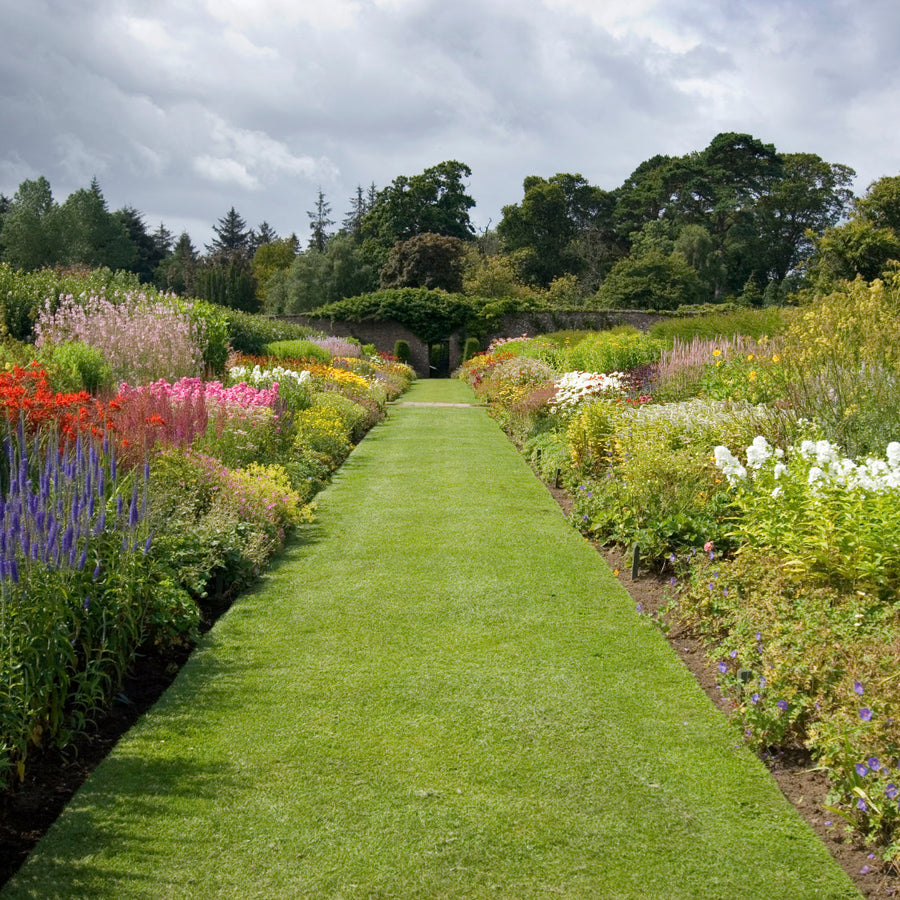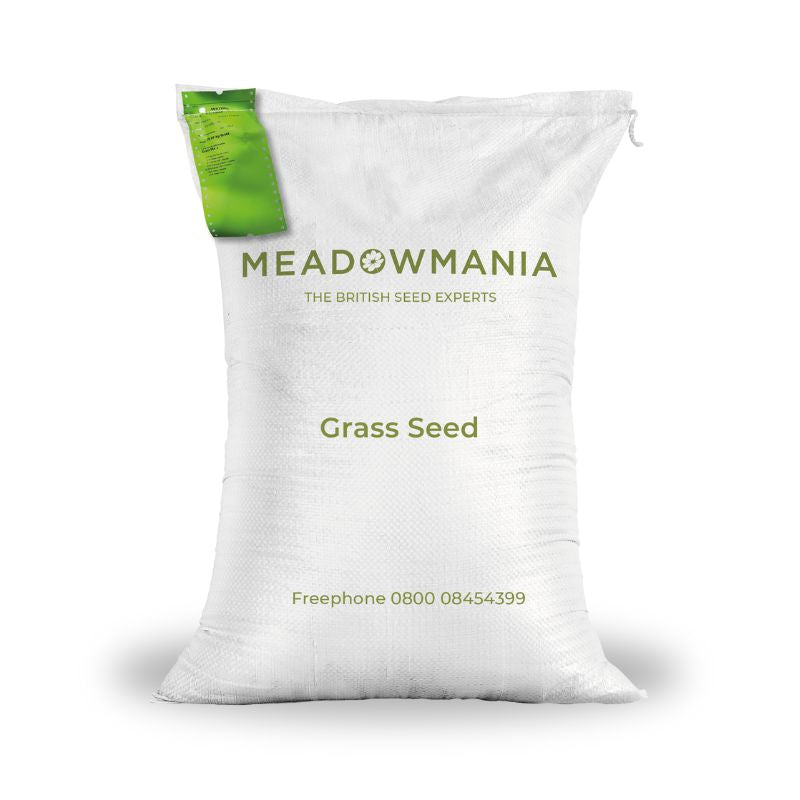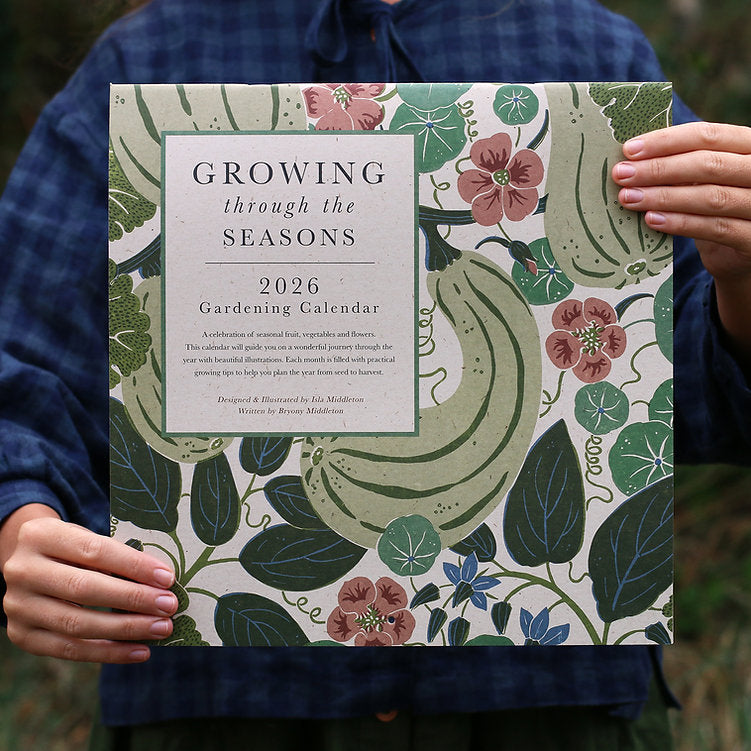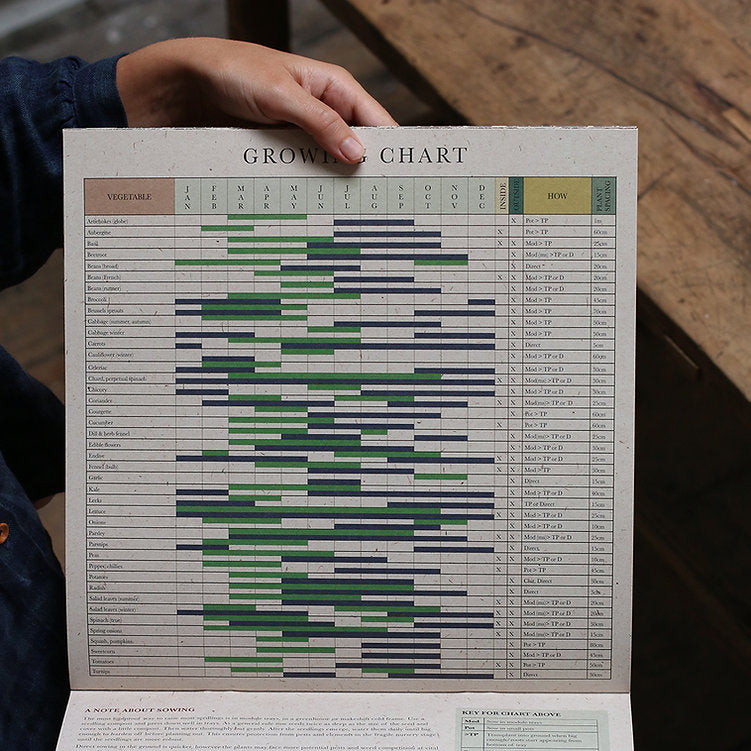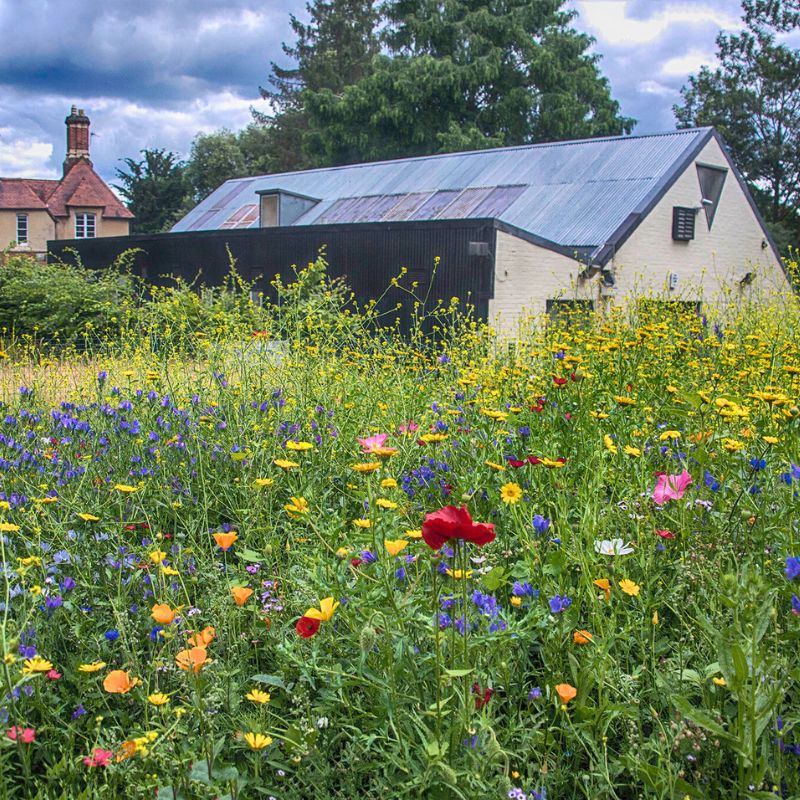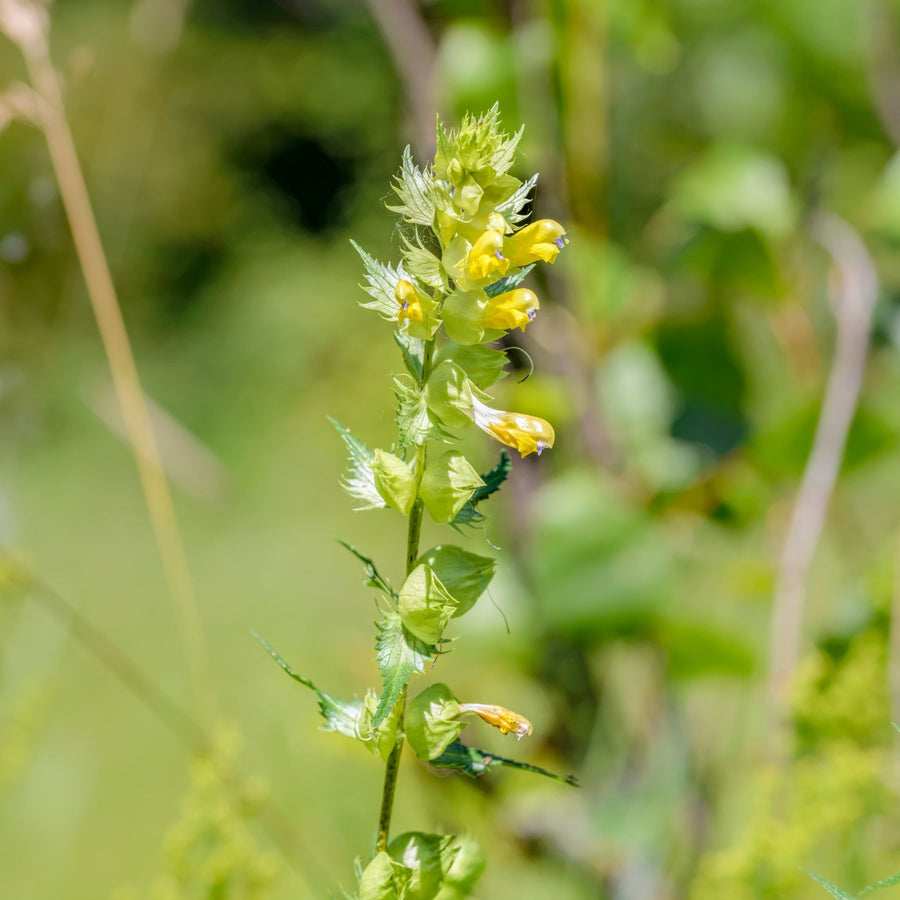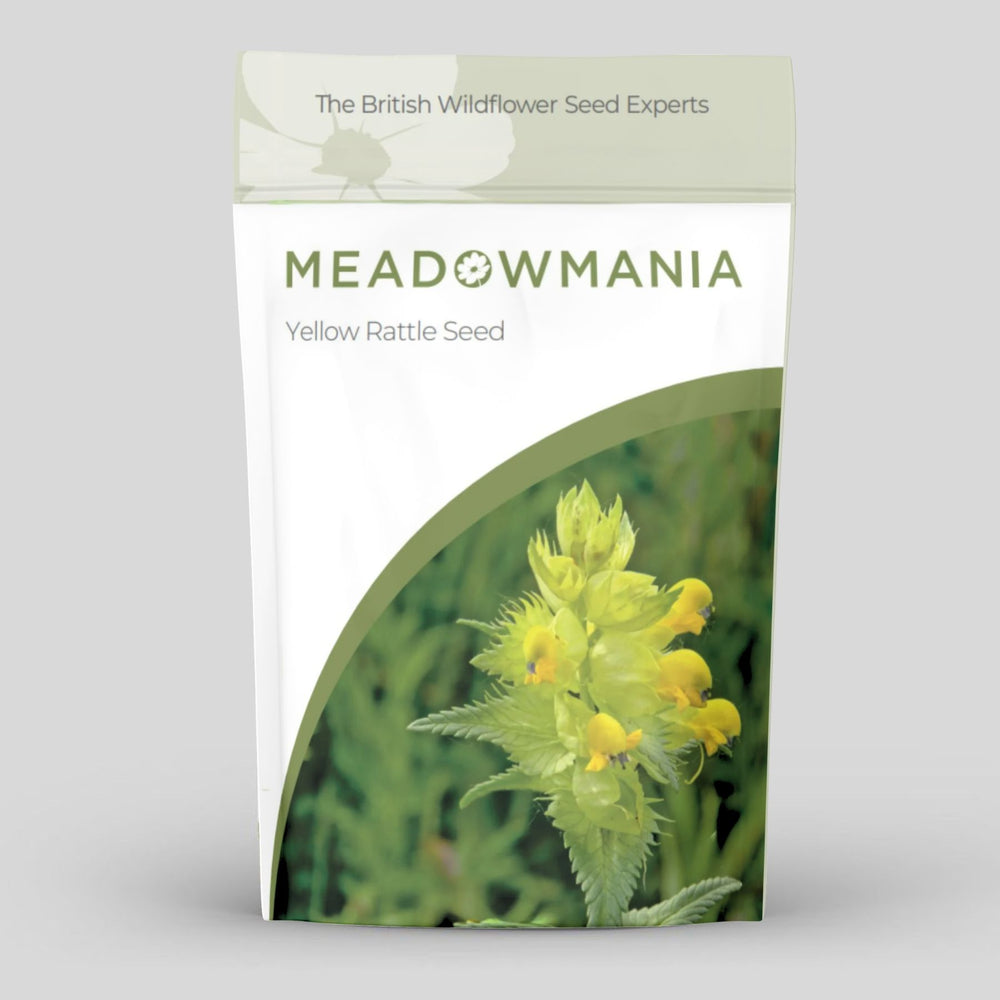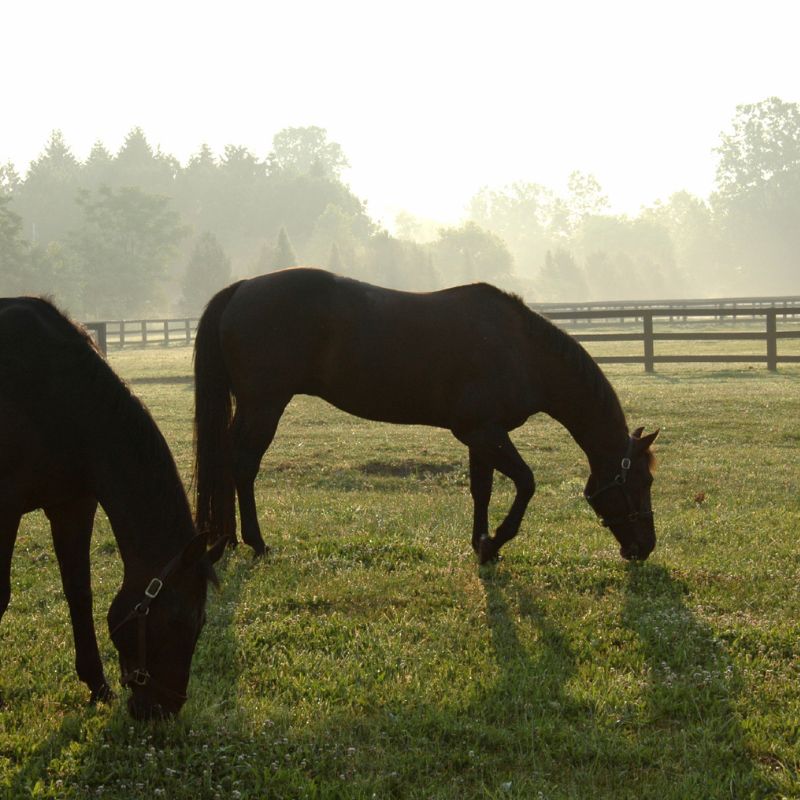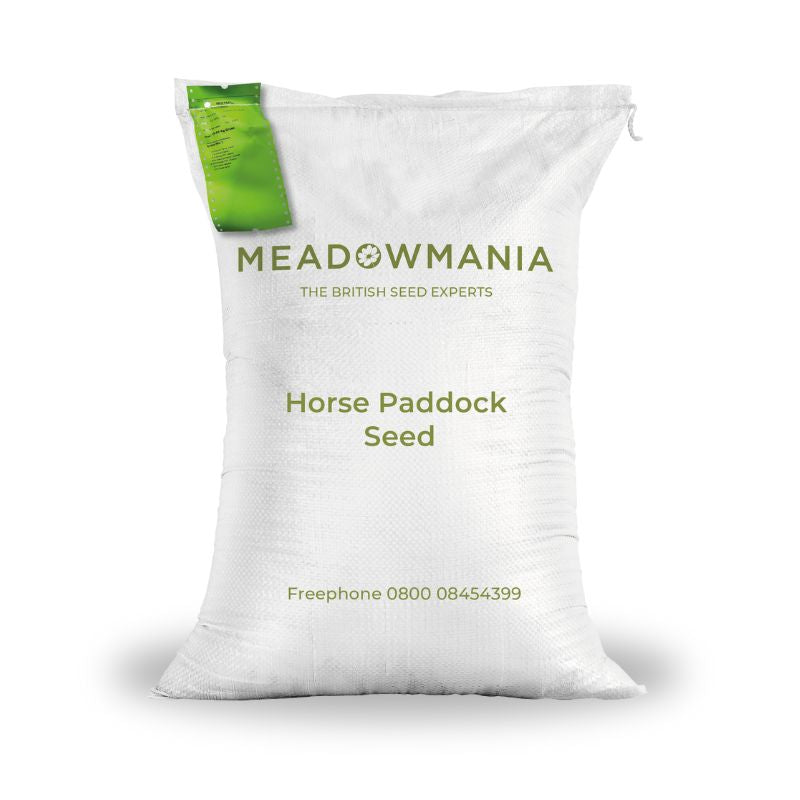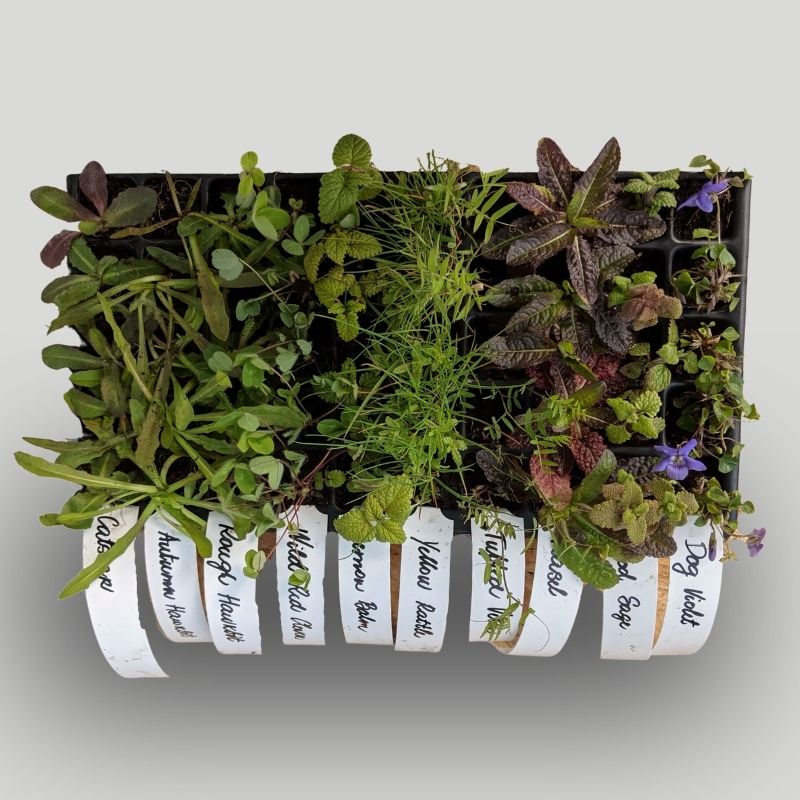
5 Best Native Bulbs in the Green for Naturalising in Your Lawn (and Why You Should Plant Them!)
If you're looking for an easy way to add some springtime magic to your lawn, why not try naturalising spring-flowering native bulbs? It’s a beautiful and low-maintenance way to bring colour to your garden while also supporting our native bees and pollinators. Simply plant native bulbs or bulbs in the green in your lawn and let the grass grow around them, mowing only when the foliage has died back in late spring.
Why Plant Bulbs In The Green in Grass and Lawns?
Diverse, less-mowed lawns not only have a relaxed and effortless beauty, but they’re perfect for supporting insects, especially early in the season when food and habitat are scarce. These flowers provide much-needed resources for bees when they first emerge from hibernation, ensuring they have a good start to the season. Flowering bulbs will thrive without disturbing your lawn, adding beauty to what can be an otherwise underappreciated patch of grass, returning year after year with minimal fuss.
So, if you’re ready to naturalise your lawn with spring flowering bulbs in the green, check out these five fantastic native species to plant in your garden, and our top tips for success!
Best UK Native Bulbs in the Green for Naturalising in Grass and Lawns
Snowdrops (Galanthus nivalis)

Snowdrops are one of the first flowers to appear in spring, and they’re perfect for naturalising in grass. These hardy little bulbs are often seen carpeting woodlands, but they do equally well in lawns. Their nodding white flowers are so delicate and pretty, and they’ll bloom even in slightly shaded spots. Snowdrops are incredibly easy to grow and will slowly multiply and spread year after year. Snowdrops are an important source of nectar for bumblebees and solitary bees.
Crocuses (Crocus vernus)

Crocuses are another classic choice for lawns. These lovely little bulbs produce purple, yellow, or white flowers in early spring, and they’ll often self-seed and spread over time. The crocus’ early blooms are perfect for adding vibrant colour to your lawn before the grass grows too tall. They’re also great for planting in more sun-dappled areas of your garden.
Wild Daffodils (Narcissus pseudonarcissus)

Wild daffodils are a smaller, more delicate version of the traditional garden daffodil. They’re perfect for naturalising in grass, as their long, slender stems and pale-yellow flowers look right at home in a meadow-like setting. These beautiful plants will multiply each year and eventually form charming little clumps throughout your lawn. Wild daffodils are perfect for adding brightness to your garden in early spring, and their foliage dies back before the grass gets too tall. The trumpet-like shape of the flower is perfect for bees with longer tongues, like buff-tailed bumblebees, allowing them to access the nectar hidden deep within.
Grape Hyacinths (Muscari neglectum)

Grape hyacinths bloom in early spring, producing clusters of vibrant blue, purple, or white bell-shaped blooms that look like clusters of tiny grapes. Muscari bulbs are super hardy and low-maintenance, making them perfect for a no-fuss garden, where they’ll grow up through the grass, creating a stunning carpet of colour in early spring. Plus, their early blooms provide much-needed nectar for pollinators, such as honey bees and early flying bumblebees, just when they’re emerging, giving your garden a real boost in supporting local wildlife.
Snakeshead Fritillaries (Fritillaria meleagris)

For something a little different, fritillaries are a stunning addition to any naturalised lawn. These delicate, bell-shaped flowers come in shades of purple and white, and their chequered patterns make them stand out in a lawn setting. Snakeshead fritillaries will multiply as they settle into the grass and are perfect for adding some unique texture to your spring display.
Tips for Success: How to Plant Bulbs in the Green in Grass and Lawns
Here’s our tips on how to make sure bulbs in the green thrive when planted in your lawn.
The right time for planting bulbs in the green
The best time to plant bulbs in the green is as soon as possible after receiving them. For most spring-flowering bulbs like snowdrops, crocuses, and wild daffodils, early spring is ideal. But you can also plant bulbs in the green in autumn if they’re already sprouting, just before the grass grows tall. The important thing is that they’re planted while they’re still actively growing, so they settle in before the warmer months.
The right spot for planting bulbs in the green in your lawn
You don’t have to plant your bulbs everywhere—look for areas in your lawn that could use a bit of colour. Aim for spots with a little dappled shade (under trees, for example), but also sun-loving bulbs like crocuses will do well in sunnier areas. Ideally, the soil should be well-draining, and you’ll want to plant your bulbs where the grass doesn’t get too thick or dense. If the soil is heavy or clay-like, it’s worth adding a bit of compost or organic matter to help with drainage.
Planting depths for bulbs in the green
When planting bulbs in the green, the depth is crucial for successful growth. You want to plant your bulbs at roughly the same depth they were originally growing at. This will usually be around 10-15 cm deep for most species. Check out the planting depths for native bulbs in the green species here.
Spacing bulbs in the green for naturalising
You can plant your bulbs a little closer together in grass than you would in flower beds, as they’ll spread and naturalise over time. Aim for a spacing of about 10-15 cm apart, depending on the size of the bulb. Crocuses and snowdrops can be planted more densely, while larger species like wild daffodils and fritillaries need a bit more room to grow.
Watering and mulching spring-planted native flowering bulbs
Once your bulbs are planted, water them in well to settle the soil around them. After planting, you don’t need to water them regularly unless the weather is particularly dry, as these bulbs are quite hardy and can tolerate our wet climate. A light mulch layer of leaf litter or compost will help retain moisture and keep weeds at bay but be careful not to mulch too thickly as it can smother the bulbs.
Let the grass grow!
One of the best things about naturalising bulbs in grass is that they don’t require much maintenance once they’re in the ground. Let your lawn grow freely in spring—avoid mowing until after the bulbs have finished flowering and the foliage has died back. This gives your bulbs the best chance to build up energy for the next season’s bloom. You can resume mowing in late spring or early summer once the leaves have withered.
Enjoy Your Wild Lawn!
With the right bulbs and a little care, you’ll soon have a lawn that bursts into colour each spring, effortlessly bringing beauty to your garden without the need for constant upkeep. Naturalising UK native bulbs in the green in your grass or lawn is one of the easiest and most rewarding ways to create a stunning spring display, year after year.
Are you planning to add any of these bulbs in the green to your lawn? Or are you looking for information about native bulb species which thrive in shady woodland? Check out our complete range of native bulbs in the green 🌸🌿


